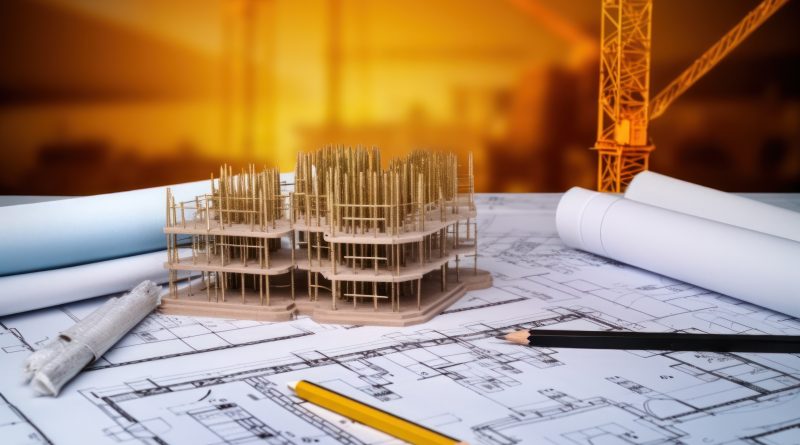5 ways 3D technology helps the construction industry
3D technology has revolutionized the construction industry. It has brought a whole new level of precision and accuracy to the construction process and has made it possible for architects and engineers to create more complex and intricate designs than ever before. Here are five ways in which 3D technology has helped construction:
1. Improved visualization
One of the most significant benefits of 3D technology in construction is the ability to create detailed visualizations. With the help of 3D modeling software, architects and engineers can create accurate and detailed renderings of their designs, allowing them to explore different design options and make informed decisions about construction methods and materials.
2. Efficient project planning
3D technology has made project planning more efficient and streamlined. With the help of 3D models, construction professionals can identify potential problems before they arise, reducing the likelihood of costly errors during the construction process. This technology also helps to identify potential logistical issues that may arise, thereby allowing for more efficient scheduling and coordination.
3. Improved safety
3D technology has also improved safety on construction sites. By using 3D models to plan projects, construction professionals can identify potential safety hazards and take steps to mitigate them before construction begins. This can include identifying potential clashes between equipment and structures, as well as identifying potential risks to workers on the site.
4. Cost reduction
The use of 3D technology has also helped to reduce construction costs. By creating detailed 3D models, construction professionals can identify potential issues and make changes before construction begins, reducing the likelihood of costly errors and change orders during the build.
5. Increased efficiency
Finally, 3D technology has increased efficiency in the construction process. Detailed 3D models enable construction professionals to identify potential logistical issues and adjust the construction plan before breaking ground. This can help to reduce the amount of time needed for construction, as well as the amount of waste generated during the process.
Among all the benefits listed above, perhaps the most crucial is its capacity to enhance safety. By leveraging 3D models for project planning, construction professionals can foresee potential hazards and implement preventive measures before construction begins. Furthermore, the integration of 3D technology creates a culture of safety consciousness, leading to a workplace environment where risk assessment and mitigation are prioritized at every stage of the construction process.
